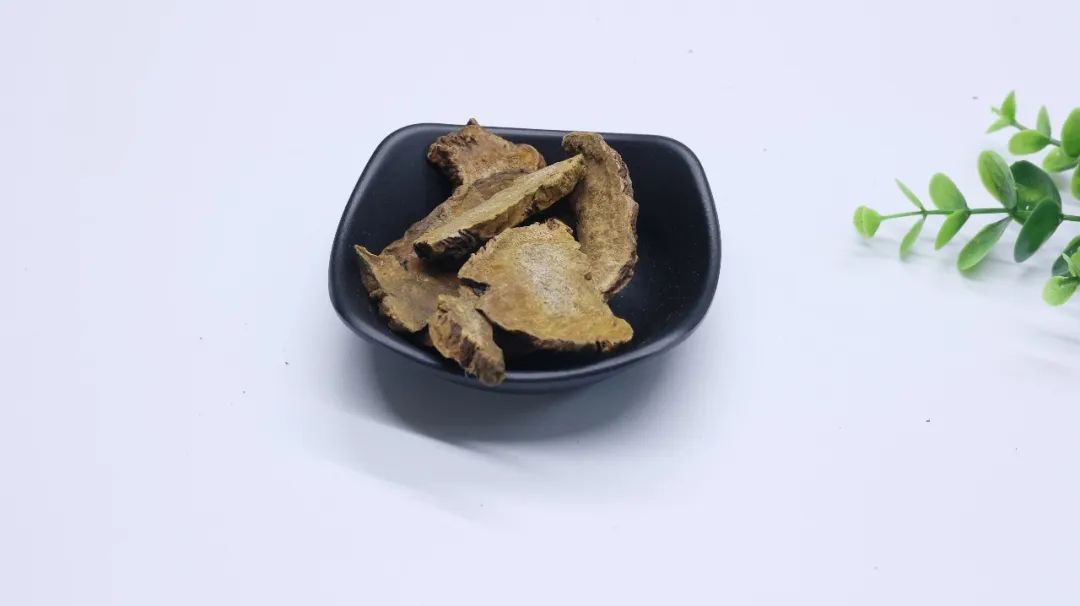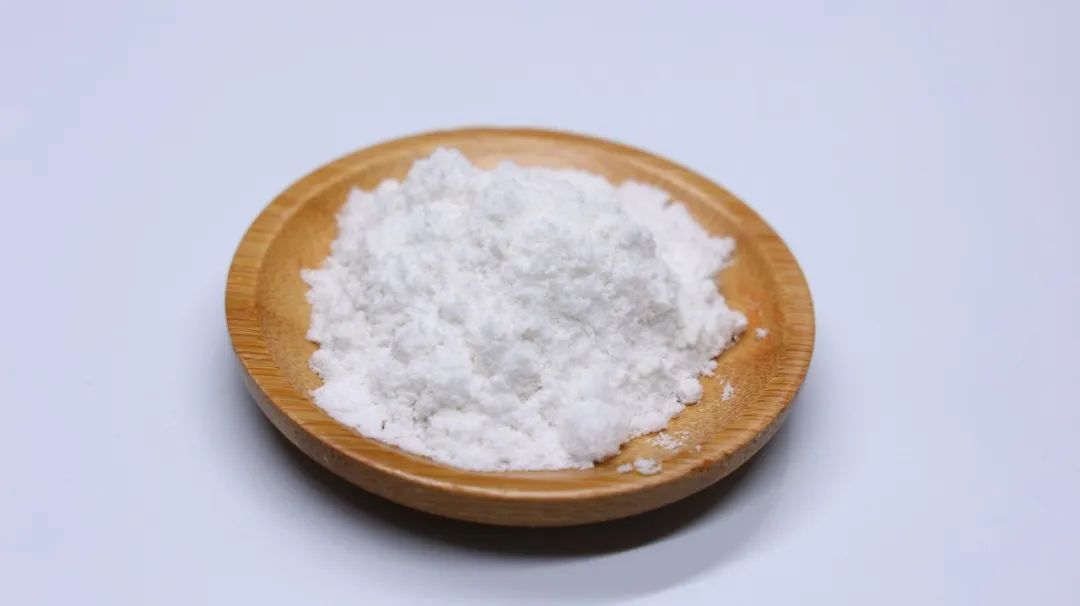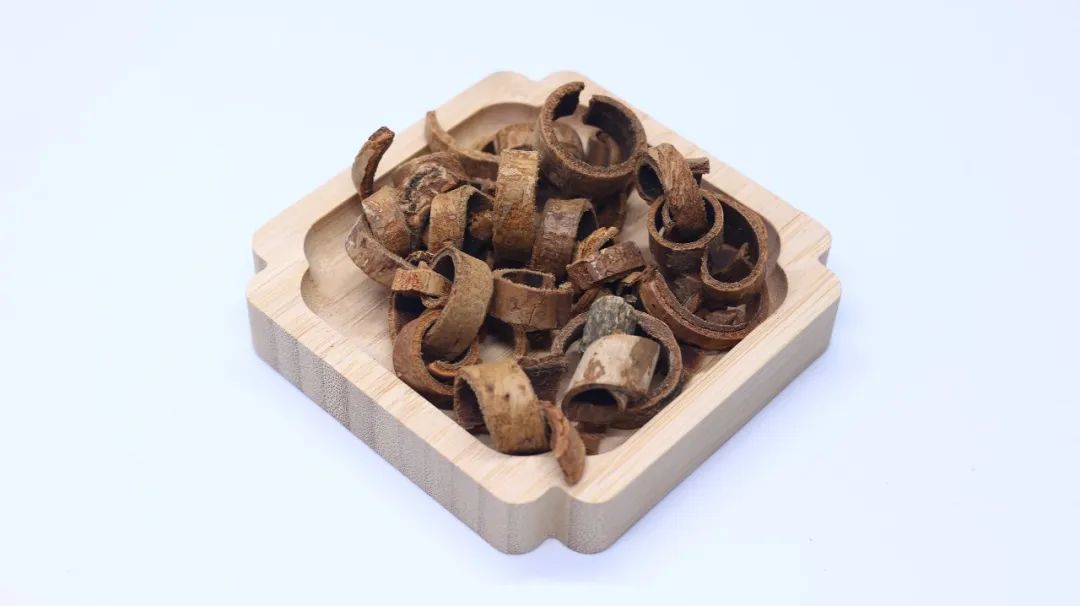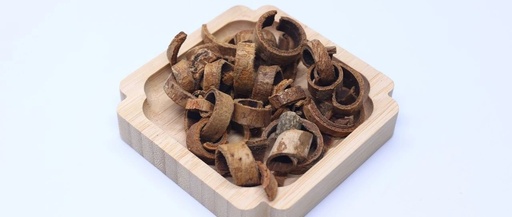
Click the “blue text” below the title to follow me

In the “Shang Han Lun” (Treatise on Cold Damage), there are many formulas named after the four cardinal constellations, especially the eastern constellation of the dragon. The “Da Qing Long Tang” (Major Blue Dragon Decoction) can induce sweating and release the exterior while clearing internal heat, and the “Xiao Qing Long Tang” (Minor Blue Dragon Decoction) can release the exterior, dispel cold, and warm the lungs to transform phlegm. Many people may be familiar with the “Qing Long” (Blue Dragon) series of formulas, but they might not know much about another series called “Long” (Dragon), such as the classic formula known as “Huang Long” (Yellow Dragon).
Huang Long Tang is named “Yellow Dragon” due to its significant effects. When we think of “dragon,” we first think of the dragon king from mythological stories, who has the ability to summon wind and rain. Similarly, Huang Long Tang has the ability to moisten dryness, clear heat, and disperse masses. Huang Long Tang originates from the “Shang Han Liu Shu” (Six Books on Cold Damage) by the Ming dynasty physician Tao Hua. Its composition is relatively simple, mainly consisting of Da Huang (Rhubarb), Mang Xiao (Glauber’s Salt), Zhi Shi (Bitter Orange), Hou Po (Magnolia Bark), Gan Cao (Licorice), Ren Shen (Ginseng), and Dang Gui (Angelica Sinensis). Many of these herbs are commonly used for purging and unblocking, such as Da Huang and Mang Xiao, so the primary function of Huang Long Tang is to purge heat accumulation. Additionally, it contains Ren Shen and Gan Cao to tonify Qi and nourish blood, indicating that Huang Long Tang is a commonly used formula that combines purging and tonifying. The purging and tonifying formula is used to treat internal heat excess and Qi deficiency, thus patients often present with lower jiao (lower abdomen) symptoms, commonly manifesting as abdominal fullness and constipation, with difficulty in bowel movements, accompanied by fatigue and lack of energy. This type of formula typically combines purgative and tonifying herbs to clear heat downward and tonify Qi upward.
Huang Long Tang originates from the “Shang Han Liu Shu” (Six Books on Cold Damage) by the Ming dynasty physician Tao Hua. Its composition is relatively simple, mainly consisting of Da Huang (Rhubarb), Mang Xiao (Glauber’s Salt), Zhi Shi (Bitter Orange), Hou Po (Magnolia Bark), Gan Cao (Licorice), Ren Shen (Ginseng), and Dang Gui (Angelica Sinensis). Many of these herbs are commonly used for purging and unblocking, such as Da Huang and Mang Xiao, so the primary function of Huang Long Tang is to purge heat accumulation. Additionally, it contains Ren Shen and Gan Cao to tonify Qi and nourish blood, indicating that Huang Long Tang is a commonly used formula that combines purging and tonifying. The purging and tonifying formula is used to treat internal heat excess and Qi deficiency, thus patients often present with lower jiao (lower abdomen) symptoms, commonly manifesting as abdominal fullness and constipation, with difficulty in bowel movements, accompanied by fatigue and lack of energy. This type of formula typically combines purgative and tonifying herbs to clear heat downward and tonify Qi upward. Huang Long Tang primarily targets Yang Ming organ excess syndrome or Qi and blood deficiency syndrome. Yang Ming organ excess heat can lead to dryness and evil invading the body, remaining in the intestines, causing obstruction of lower jiao Qi, resulting in dry and hard stools, difficulty in elimination, or heat accumulation leading to watery diarrhea, with pure blue color and unbearable abdominal pain; heat evil in the intestines can disturb the spirit, leading to confusion, delirium, and fatigue, while internal heat excess can deplete body fluids and damage Qi and blood. Huang Long Tang differs from the Qing Long series of formulas; although both are involved in “summoning wind and rain,” the force of Qing Long Tang is too strong, and the herb Ma Huang (Ephedra) can be difficult to control for practitioners who are not deeply versed in the medical path. In contrast, Huang Long Tang is easier to manage, combining purgative herbs like Da Huang and Mang Xiao with tonifying herbs like Ren Shen and Dang Gui, along with Qi-regulating herbs like Zhi Shi and Hou Po.
Huang Long Tang primarily targets Yang Ming organ excess syndrome or Qi and blood deficiency syndrome. Yang Ming organ excess heat can lead to dryness and evil invading the body, remaining in the intestines, causing obstruction of lower jiao Qi, resulting in dry and hard stools, difficulty in elimination, or heat accumulation leading to watery diarrhea, with pure blue color and unbearable abdominal pain; heat evil in the intestines can disturb the spirit, leading to confusion, delirium, and fatigue, while internal heat excess can deplete body fluids and damage Qi and blood. Huang Long Tang differs from the Qing Long series of formulas; although both are involved in “summoning wind and rain,” the force of Qing Long Tang is too strong, and the herb Ma Huang (Ephedra) can be difficult to control for practitioners who are not deeply versed in the medical path. In contrast, Huang Long Tang is easier to manage, combining purgative herbs like Da Huang and Mang Xiao with tonifying herbs like Ren Shen and Dang Gui, along with Qi-regulating herbs like Zhi Shi and Hou Po. Da Huang in Huang Long Tang has a bitter and cold nature, possessing strong purging and heat-clearing abilities, while Mang Xiao moistens dryness and assists Da Huang in clearing heat. Zhi Shi and Hou Po can regulate Qi and guide stagnation, clear excess heat from the stomach and intestines, and dissipate food accumulation. Dang Gui and Ren Shen, the former promotes blood circulation and the latter greatly tonifies Yuan Qi, are commonly used herbs for tonifying Qi and blood, both supporting the righteous Qi and expelling evil, ensuring that the purgative herbs do not harm the body’s righteous Qi during the purging process. Of course, modifications can be made to Huang Long Tang based on different symptoms for varying therapeutic effects. If there is significant abdominal distension, Zhi Shi and Hou Po can be removed to gradually resolve the heat evil in the lower abdomen; if there is severe Yin deficiency, with internal heat depleting a large amount of Yin fluids, Xuan Shen (Scrophularia) and Mai Dong (Ophiopogon) can be added to Huang Long Tang to achieve the effect of nourishing Yin and increasing fluids. Although Huang Long Tang is a classic formula that combines purging and tonifying, its purging ability remains strong. Therefore, when using it, attention must be paid to the degree of Qi and blood deficiency in the body to prevent excessive purging from damaging more Yin fluids and worsening the patient’s condition. Thus, it is necessary to select tonifying herbs to moderate the medicinal properties and reasonably alleviate the symptoms presented by the patient.
Da Huang in Huang Long Tang has a bitter and cold nature, possessing strong purging and heat-clearing abilities, while Mang Xiao moistens dryness and assists Da Huang in clearing heat. Zhi Shi and Hou Po can regulate Qi and guide stagnation, clear excess heat from the stomach and intestines, and dissipate food accumulation. Dang Gui and Ren Shen, the former promotes blood circulation and the latter greatly tonifies Yuan Qi, are commonly used herbs for tonifying Qi and blood, both supporting the righteous Qi and expelling evil, ensuring that the purgative herbs do not harm the body’s righteous Qi during the purging process. Of course, modifications can be made to Huang Long Tang based on different symptoms for varying therapeutic effects. If there is significant abdominal distension, Zhi Shi and Hou Po can be removed to gradually resolve the heat evil in the lower abdomen; if there is severe Yin deficiency, with internal heat depleting a large amount of Yin fluids, Xuan Shen (Scrophularia) and Mai Dong (Ophiopogon) can be added to Huang Long Tang to achieve the effect of nourishing Yin and increasing fluids. Although Huang Long Tang is a classic formula that combines purging and tonifying, its purging ability remains strong. Therefore, when using it, attention must be paid to the degree of Qi and blood deficiency in the body to prevent excessive purging from damaging more Yin fluids and worsening the patient’s condition. Thus, it is necessary to select tonifying herbs to moderate the medicinal properties and reasonably alleviate the symptoms presented by the patient.
↓Click the card below,follow us↓
The public account has been upgraded, changing the push rules. After following us, open the public account, click the upper right corner “…” and set us as “starred ★” so you won’t miss any exciting content; after reading the article, click “read” or “share” to let good works help more people!
Related Statement
1. The popular science content is for reference only; if you feel unwell, please go to the hospital for diagnosis and treatment.2. The formulas mentioned in the text are for academic exchange only and should not be used as a basis for diagnosis and treatment; please do not use them without authorization.3. All images and texts are original or reprinted with authorization; please do not reprint without authorization. Feel free to share in your circle of friends.
I knew you were “reading“


